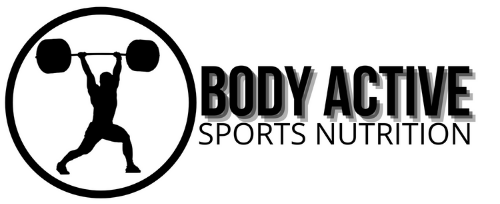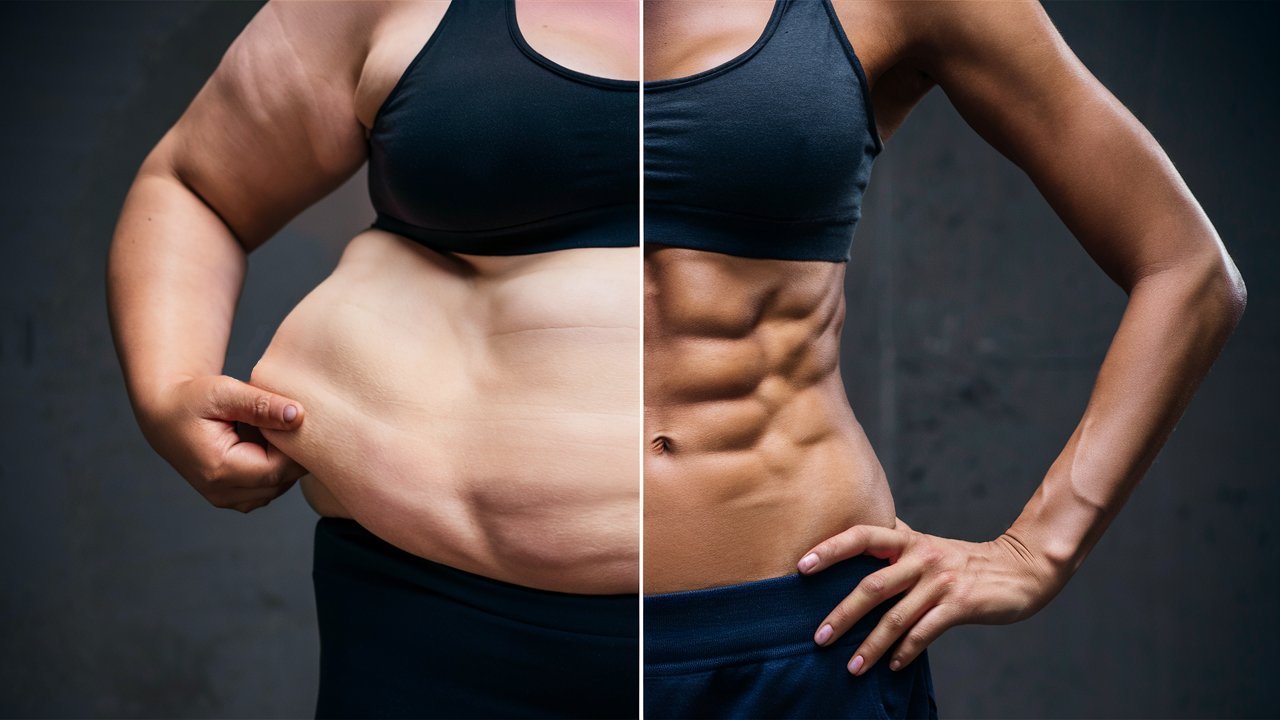In the pursuit of fitness and weight loss, the concept of “fat burning foods” has gained considerable attention. These are often touted as magical ingredients that can help shed pounds effortlessly. However, the reality is more nuanced. While certain foods can support weight loss by boosting metabolism, controlling hunger, or promoting a healthy gut, they are not a substitute for a balanced diet and regular exercise. In this blog post, we will explore a variety of foods often associated with fat burning properties, examining the science behind their claims and offering practical tips on how to incorporate them into a healthy eating plan.
1. Green Tea
Green tea is celebrated for its high concentration of antioxidants and catechins, particularly epigallocatechin gallate (EGCG), which is believed to enhance fat oxidation. Studies have shown that consuming green tea can modestly increase metabolic rate and improve fat burning during exercise. To reap its benefits, aim for 2-3 cups of freshly brewed green tea daily, avoiding added sugars or sweeteners for maximum effect.
2. Lean Proteins
Proteins are essential for muscle repair and growth, and their digestion requires more energy compared to fats or carbohydrates, thus increasing calorie expenditure. Foods like chicken breast, fish, tofu, and legumes are excellent sources of lean protein. Including a serving of lean protein in each meal helps maintain muscle mass while promoting a feeling of fullness, which can aid in weight management.
Thermic Effect of Food by Macronutrient
| Macronutrient | Average Energy Used for Digestion (TEF) |
|---|---|
| Protein | 20–30% |
| Carbohydrates | 5–10% |
| Fats | 0–3% |
3. Whole Grains
Contrary to popular belief, carbohydrates are not inherently bad for weight loss when consumed in their whole form. Whole grains such as oats, quinoa, brown rice, and whole wheat contain fiber, which slows digestion and helps regulate blood sugar levels. This can prevent spikes in insulin that contribute to fat storage. Additionally, the energy required to digest fiber-rich foods can boost metabolism slightly.
4. Chili Peppers
Capsaicin, the compound responsible for the spicy heat in chili peppers, has been studied for its potential thermogenic effects. It can increase metabolic rate and enhance fat oxidation. While the effects are modest, incorporating spicy foods into your diet can be a flavorful way to support weight loss efforts. Add fresh chili peppers, cayenne pepper, or hot sauces to meals for an extra kick.
5. Berries
Berries such as blueberries, strawberries, raspberries, and blackberries are packed with vitamins, minerals, and antioxidants. Their high fiber content aids in digestion and helps regulate appetite. Berries are also relatively low in calories, making them a satisfying snack or addition to smoothies and yogurt without contributing excessive calories. The natural sweetness of berries can satisfy cravings for sugary treats.
6. Nuts and Seeds
Despite their calorie density, nuts and seeds can be beneficial for weight loss due to their high protein and healthy fat content. They provide satiety and can prevent overeating by stabilizing blood sugar levels. Nuts like flaxseeds, chia seeds, walnuts, and almonds are great options. However, portion control is crucial, as consuming large quantities can contribute excess calories.
7. Greek Yogurt
Greek yogurt is a protein-rich dairy option that can support weight loss goals. Its high protein content promotes satiety and helps preserve lean muscle mass during calorie restriction. Opt for plain Greek yogurt without added sugars and flavor it with fresh fruits, honey, or a sprinkle of nuts for a nutritious snack or breakfast option.
8. Avocado
Avocados are rich in monounsaturated fats, which are heart-healthy and contribute to satiety. Despite their relatively high calorie content, avocados can be part of a weight loss diet when consumed in moderation. The fiber and healthy fats in avocados help control blood sugar levels and reduce cravings for unhealthy snacks.
9. Salmon
Oily fish such as salmon and fatty varieties of mackerel and sardines are great sources of omega-3 fatty acids. These healthy fats have been linked to reduced inflammation, improved heart health, and enhanced fat metabolism. Including fatty fish in your diet 2-3 times per week can provide essential nutrients while supporting weight loss efforts.
10. Leafy Greens
Leafy greens such as spinach, kale, and Swiss chard are nutrient-dense and low in calories. They provide fiber, vitamins, and minerals that support overall health and weight management. Incorporate leafy greens into salads, smoothies, soups, or as a side dish to increase your daily intake of essential nutrients without significantly impacting calorie intake.
Tips on Incorporating Fat Burning Foods into Your Diet
- Diversify Your Plate: Aim for a colorful variety of fruits and vegetables, lean proteins, whole grains, and healthy fats to ensure a well-rounded diet.
- Watch Portion Sizes: Even nutritious foods can contribute to weight gain if consumed in excessive amounts. Eat mindfully and pay attention to your body’s signals of hunger and fullness.
- Combine with Exercise: While certain foods may support fat burning, regular physical activity remains crucial for achieving and maintaining a healthy weight.
Conclusion
While the idea of fat burning foods is appealing, sustainable weight loss is best achieved through a balanced diet, portion control, regular exercise, and healthy lifestyle habits. Incorporating foods like green tea, lean proteins, whole grains, and spices can complement your efforts by boosting metabolism, enhancing satiety, and providing essential nutrients. By making informed choices and adopting a holistic approach to nutrition, you can support your weight loss journey while promoting overall health and well-being.
Frequently Asked Questions (FAQ)
They can support weight loss by boosting metabolism or increasing satiety, but they won’t cause fat loss on their own without a calorie deficit and regular exercise.
No — exercise is essential. These foods complement physical activity; they don’t replace it.
Not necessarily. Whole grains and fiber-rich carbs can actually help with weight management by promoting fullness and stabilizing blood sugar.
Yes, most of the listed foods are healthy to consume regularly — just keep portion sizes in check.
Begin by adding one or two options (like green tea or leafy greens) to your daily meals and gradually build balanced habits.

